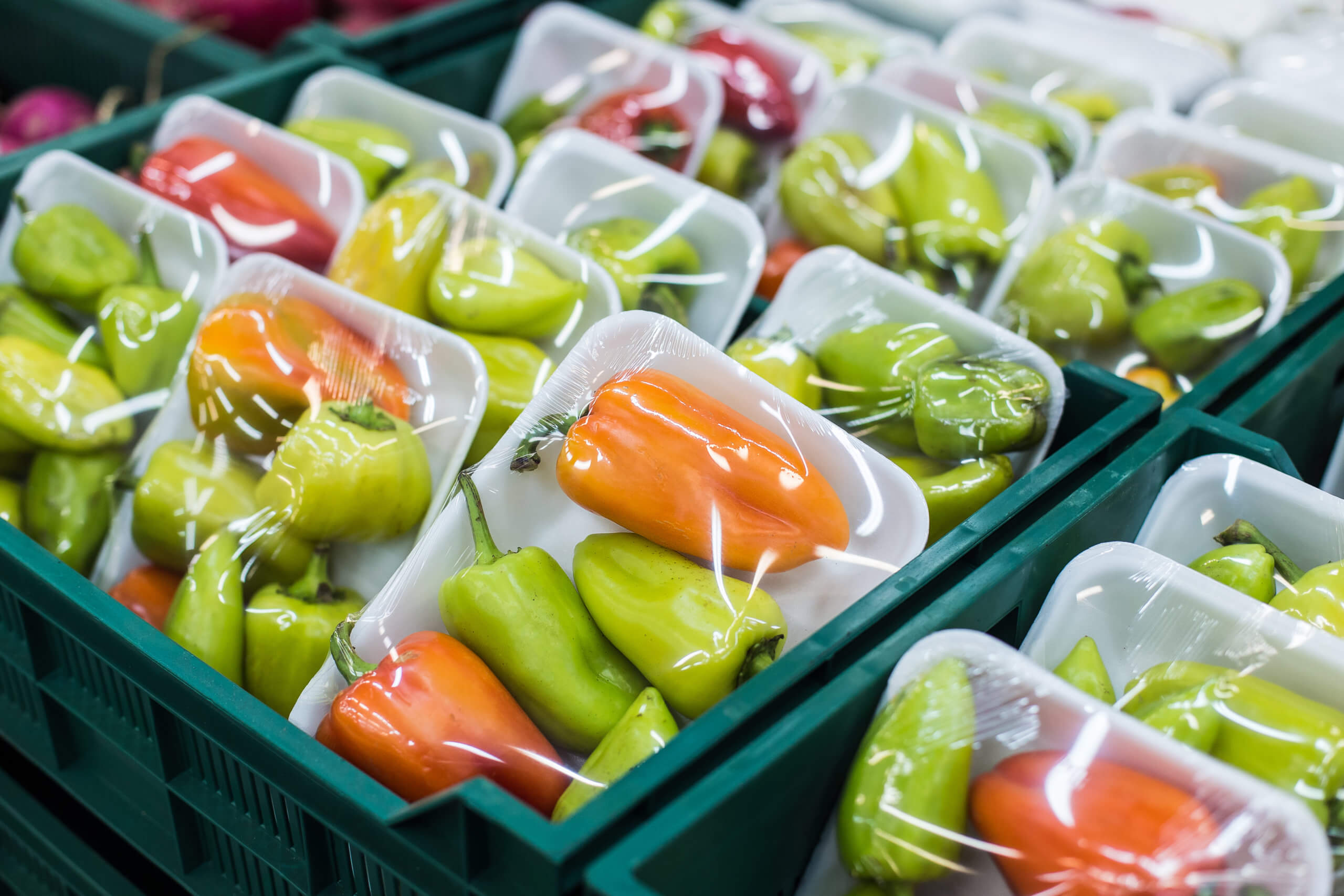
In 2020, over 3 billion people worldwide faced food insecurity. This is due in part to spoilage or improper packaging, a problem made worse by the COVID-19 pandemic as supply chains crumbled and access to basic goods declined. However, with plastic packaging, food insecurity and food waste can be significantly reduced. Plastic packaging extends the shelf life of perishable products and is lighter and more durable than alternatives. Furthermore, plastic packaging is the most sustainable option compared to alternative materials and contributes to environmental goals while reducing costs for consumers across the globe.
Expensive packaging like glass and aluminum impedes access to basic goods by adding to already rising food costs. However, consumer prices can be reduced with the use of more economical plastic products. PET plastic bottles, for example, cost less than half as much as glass bottles—savings that are generally passed on to consumers. With rising inflation in the United States pushing these costs even higher, boosting consumer access to basic goods is now more important than ever.
Not only does replacing alternatives with plastic packaging reduce costs for consumers and manufacturers, it also extends the shelf life of products. Americans throw out about 20% of groceries due to spoilage every year, pushing them to purchase replacement items. However, flexible and rigid plastic packaging are more durable than alternatives and maintain product integrity during and after transit, extending sell-by dates and giving consumers more time to use products.
By extending product shelf life, plastic packaging reduces food waste and the need for consumers to “double-buy” food items. According to a report by the Waste and Resources Action Programme (WRAP), increasing the shelf life of food by just one day could reduce waste and result in cost savings of about $800 million a year. With plastic packaging extending shelf life, consumers are less likely to throw spoiled items away, and less likely to “throw away” the money they spent on that product.
The affordability and increased security that plastic packaging provides is particularly critical for consumers in rural areas and food deserts where poverty rates might be higher and grocery store commute times are longer. By increasing the use of plastic packaging for food products to create much needed shelf-life extensions, all consumers can access basic food products while also saving money.
While plastic packaging is clearly the best choice for increasing consumer access, plastics are also the best option for reaching environmental goals according to Life Cycle Assessments (LCAs). Not only is plastic packaging more durable, it is up to 20 times lighter than alternatives, allowing more products to be packed into fewer shipments. Lighter shipments increase fuel efficiency for trucks and aircrafts that are delivering products to far-off destinations. In fact, up to 40% less fuel is used to transport drinks packaged in plastic bottles compared to glass bottles.
A longer shelf life also means that less food is wasted, and the emissions associated with decomposition, which amount to about 4.4 gigatons of greenhouse gases globally each year, are also reduced. In addition to reducing the emissions produced by decaying food alone, innovative and durable plastic packaging also prevents wasting all of the resources that were spent producing a product.
Flexible plastic packaging not only prolongs shelf life, but also makes food look fresher for longer. Vacuum sealed plastic packaging keeps meat fresh up to ten times longer than alternatives and also maintains the “appetizing” color, which customers view as a sign of freshness. This allows stores to keep good food on shelves longer, reducing waste via consumer preferences.
Plastic packaging also reduces contamination and spoilage during manufacture and transport by using thermo-sealing techniques, making food safer for consumers. While glass and aluminum containers are more likely to dent or shatter, rendering the food inside unsafe, plastic actually absorbs vibration and shock from sudden movements during handling and transport. Safer food reduces food waste both during manufacture and after purchase, further increasing consumer access.
While plastic packaging reduces food waste by extending shelf life and keeping our food safer and fresher for longer, this valuable material also increases access and affordability for consumers across the globe and drives environmental goals by reducing emissions at every step of the life cycle. Industry is already investing in new ways to ensure that plastic packaging is even more environmentally friendly, like Eco-Product’s line of recycled plastic packaging. By using more plastic packaging, we can continue to reduce food waste and increase food security.